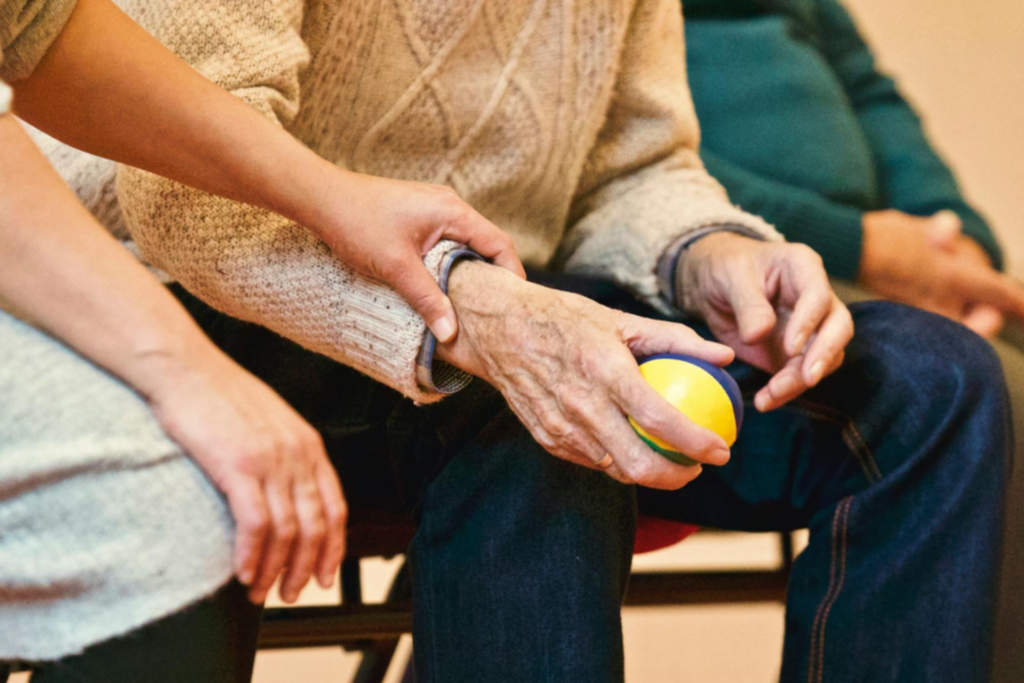The aging population in the United States is set to increase significantly — driven by the number of baby boomers aged 65 and older.
In 2022, there were 58 million Americans in this age group, which is set to hit 82 million by 2050 (an increase of 47%). As a result, healthcare expenditures will rise, and the industry’s workforce will see a surge in demand across many roles connected to aging populations.
Here is what to expect in the coming years as the baby boomers age for someone interested in healthcare workforce trends.
The Strain on Healthcare Systems
As the number of individuals aged 65 and older increases exceptionally, the demand for chronic disease management and long-term care services will rise. This is anticipated to cause a ripple effect, placing pressure on health infrastructure, including home care services, outpatient clinics, and hospitals.
Also, the need for advanced medical treatments and longer lifespans will increase healthcare costs.
These strains are being addressed now, as the U.S. healthcare system is at a crossroads. In addition to addressing medical costs and the need for policy changes, healthcare jobs related to the aging population will see a shift in supply and demand. However, turnover rates remain an issue and require evolving retention strategies.
Learn more: Age and Turnover in the Healthcare Workforce: Navigating the Challenges and Solutions
Hiring Trends in Healthcare and the Aging Population
Hiring trends in healthcare are set to change dramatically as the U.S. prepares for the spike in aging adults and their required care. Here are some emerging trends to consider:
- Geriatric specialists: The demand for doctors, nurses, and allied health professionals specializing in elderly care will surge. Although healthcare jobs will remain in institutional settings, particularly skilled nursing facilities, the demand for employment will be especially high for home and community-based elderly services.
- Home health aides and personal care workers: Growth in roles supporting aging individuals in home settings will rise, which is already creating challenges. The growing demand for home care services is expected to increase by 22% by 2034. Staffing is the greatest concern today, opening up workforce opportunities.
- Care coordination roles: The expansion of case managers and patient navigators to streamline care for older adults is expected. This role helps ensure seniors’ needs are met while addressing caregiver stress.
- Health IT specialists: Professionals must implement telehealth and wearable monitoring devices tailored to elderly patients. Implementing these types of technology in the elderly care sector can improve the quality of life for patients and caregivers and support more informed decision-making.
- Mental health professionals: Increased hiring to address cognitive disorders and mental health challenges among seniors. Dementia remains a significant concern, with many organizations focusing on mapping a better future for dementia care — the workforce is at the forefront of these considerations.
Opportunities for Healthcare Systems and Recruiters
Talent acquisition remains on the rise for all areas of healthcare, with a high focus on aging patients and their unique needs.
Moving forward, developing strategies for attracting talent in areas like geriatrics and home health is crucial. Retention strategies are just as essential to reduce strain on skilled caregiver teams. Working with a recruitment agency and a network of talent advisors can help bridge the gap and hire for success. A positive work environment matters, too. Fostering a culture of teamwork, respect, and support is vital for all involved.
While building a team, consider the complex needs of the aging population and how those relate to the roles that must be filled. An interdisciplinary team will meet the needs of this age group, ensuring coordinated, integrated care.
Again, now is the time to start planning for the decades ahead and invest in workforce training. These training strategies should focus on emerging skills in elderly care and technology. Properly utilizing available technology will remain pivotal in how these devices and services impact elderly care and the workforce.
The Role of Technology in Meeting the Demand
Artificial intelligence (AI) will play a major role in elderly care. This technology supports everything from predictive health analytics to cognitive aids. It will also support hiring, scheduling, monitoring, and personalized care. AI, machine learning, and robotics will all influence how healthcare organizations and their care teams boost automation, optimizing how care is delivered and received.
Greater focus must also be placed on areas like telehealth and remote monitoring to reduce strain on the healthcare system and healthcare costs. These digital health solutions will transform health management and independence in the aging population.
It’s important to leverage this technology where possible so there is less strain on available resources, including skilled care teams. Data shows that individuals 70 and older are comfortable with telehealth — 93% said they’d like this option. The top three reasons these individuals are considering this technology include primary care checkups, chronic health management, and the ability to monitor them during recovery periods.
MRINetwork Can Help
Interested in transforming healthcare for the future, with a core focus on the aging population? If so, MRINetwork can help. If you want to fill an open position, our talent experts will help you find the right fit. Are you seeking career development in healthcare, as you see the potential growth ahead concerning the aging population? Our advisors can help you make your next move.
Learn more about MRINetwork’s capabilities today!

Connect with MRINetwork